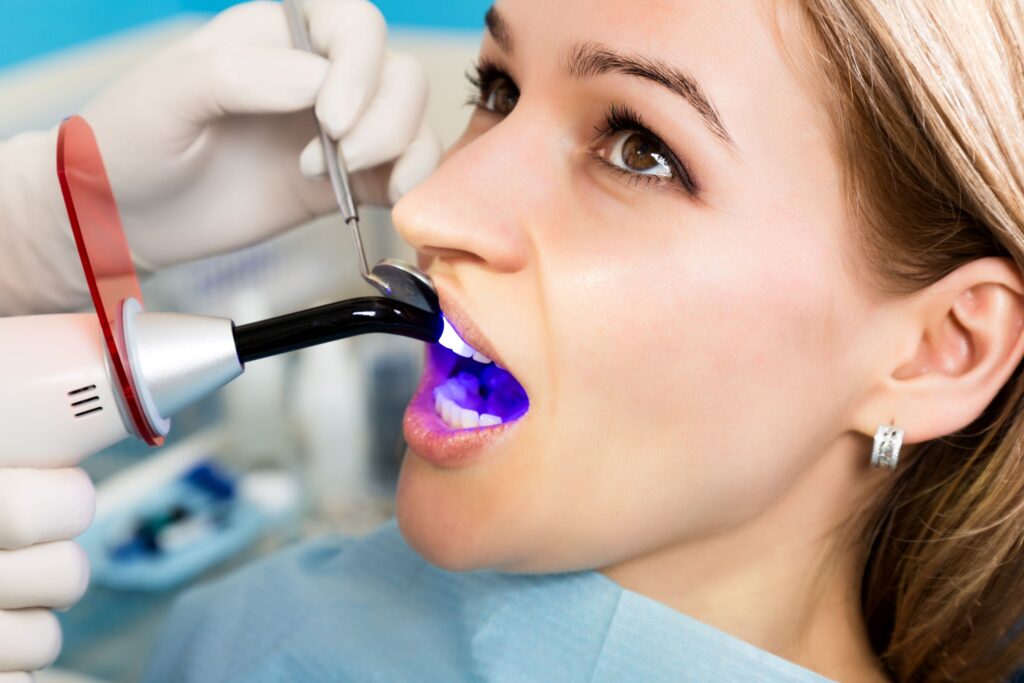
Do you have chipped or cracked enamel detracting from your appearance? These flaws might seem like mere surface issues, but the truth is that any damage to the structure of your teeth increases the likelihood of developing additional injuries, disease, or decay.
Your dentist offers various services, such as dental bonding, that can be used to improve your appearance and enhance your dental health. However, you might avoid scheduling an appointment if you’re unsure whether you’re a good candidate for this service. Continue reading to learn more about this popular procedure and who it can help!
How Does Dental Bonding Work?
Are you curious exactly what is involved in getting dental bonding? Typically, it involves placing a putty-like composite resin material directly to your tooth in layers to rebuild any lost or damaged sections. This is then hardened in place with a special ultraviolet curing light so that it adheres directly to your enamel for a resilient repair.
Not only is the material incredibly durable, but it can also be customized to match the natural hue of your teeth for lifelike results that boost your confidence. The resulting repair matches your smile seamlessly and can last 10 to 15 years or more with proper care.
What Issues Can Dental Bonding Address?
The material used for dental bonding is the same as what’s used for tooth-colored fillings to mend cavities, and it’s natural to wonder how else it can be applied. Many patients opt to undergo this procedure because it’s a versatile solution that can potentially enhance their appearance while simultaneously protecting their smiles from potential damage. It can be used to address one or several areas of concern, such as:
- Chips
- Cracks
- Stubborn stains
- Slight gaps between teeth
- Worn-down or misshapen enamel
However, you’ll need to consult your dentist to ensure it’s the best way to meet your unique needs before they approve your treatment.
Is Dental Bonding Right for Me?
Although this is a standard procedure that provides many helpful advantages, that doesn’t necessarily mean it’s the best way to address your unique needs. Before proceeding, you must visit your dentist to ensure you’re a good candidate.
They’ll examine your mouth and may also take X-rays or other scans to determine the extent of the root problem. Dental bonding can often be used to address mild to moderate concerns. But if your condition has already progressed, like if you have already developed an infection in the affected tooth, you may require a more complex treatment, such as a root canal followed by placing a dental crown.
If you still have unanswered questions about dental bonding or the best way to repair your grin, scheduling an appointment with your dentist can provide the answers you seek!
Meet the Author
Dr. Moji Chandy has nearly 20 years of experience helping families in Carrollton improve their lives by enhancing their smiles. She earned her Doctor of Dental Surgery degree from New York University, and today, is a member of several prestigious organizations, including the American Dental Association. She provides a complete array of services, including dental bonding, using state-of-the-art technology for more comfortable and accurate results. You can request an appointment on the website or call (972) 492-6700.
